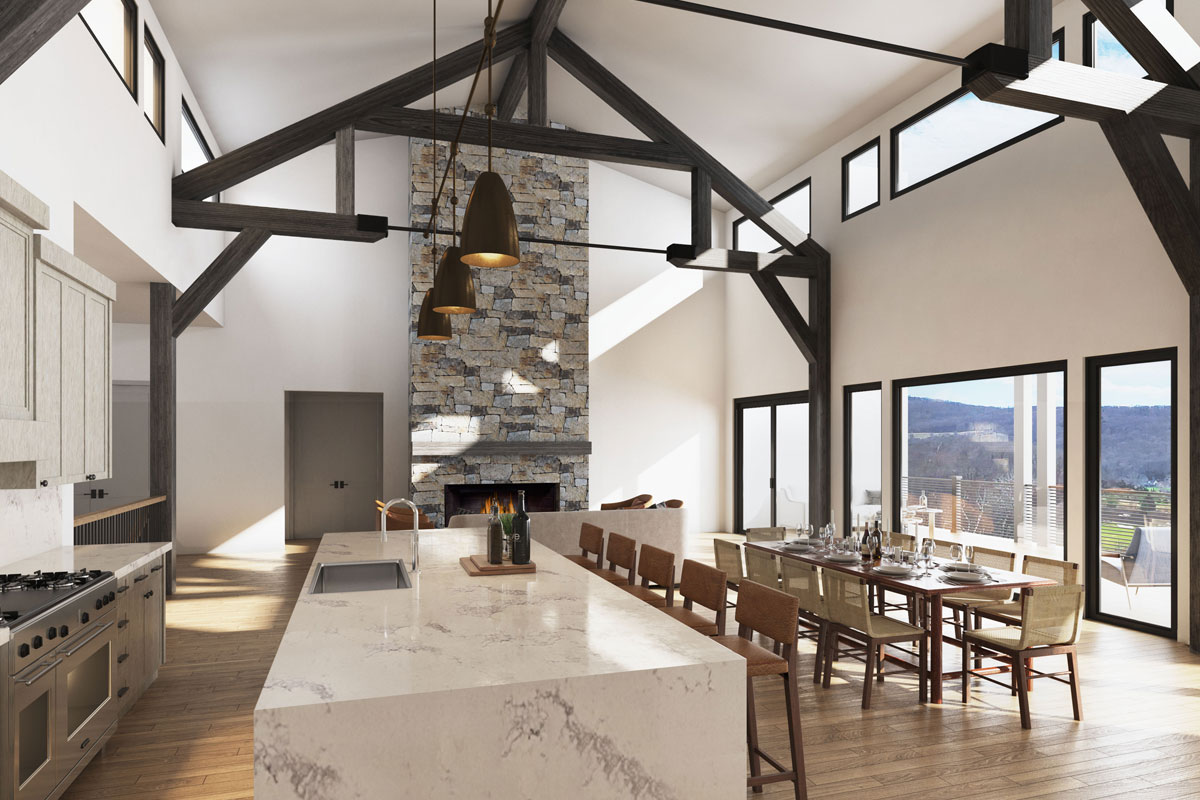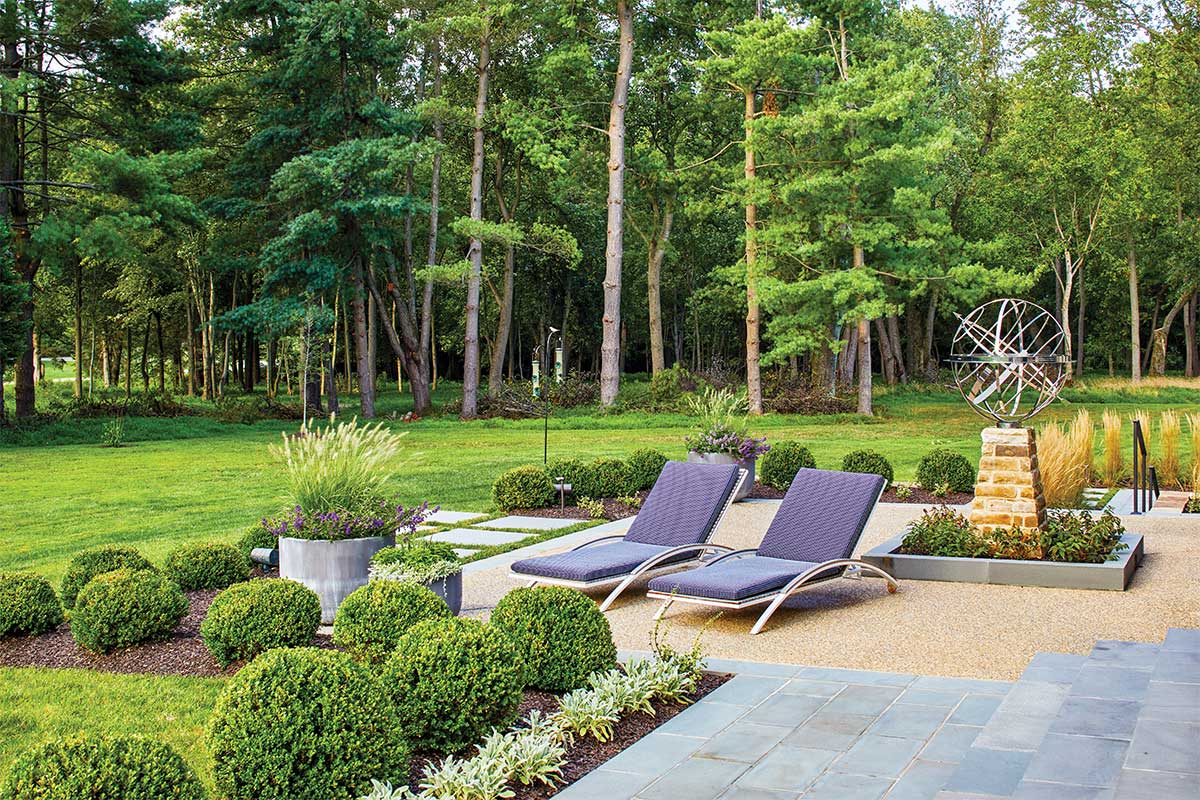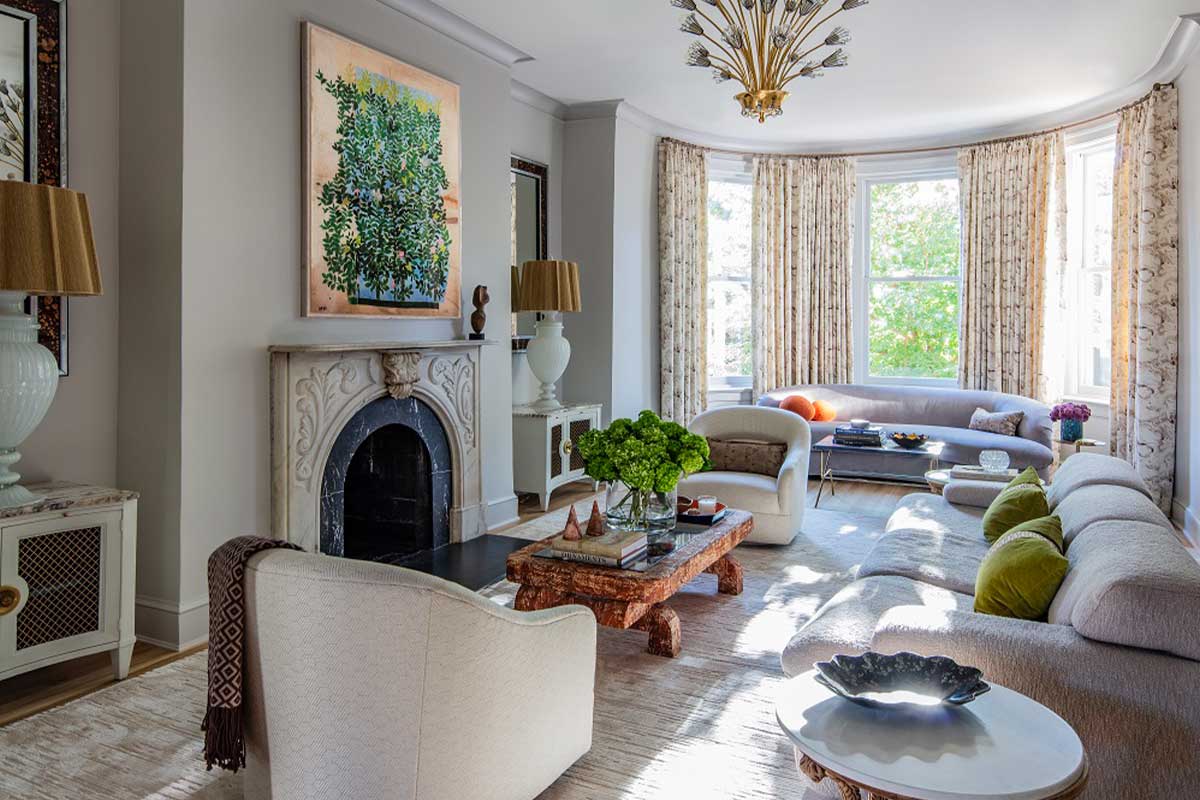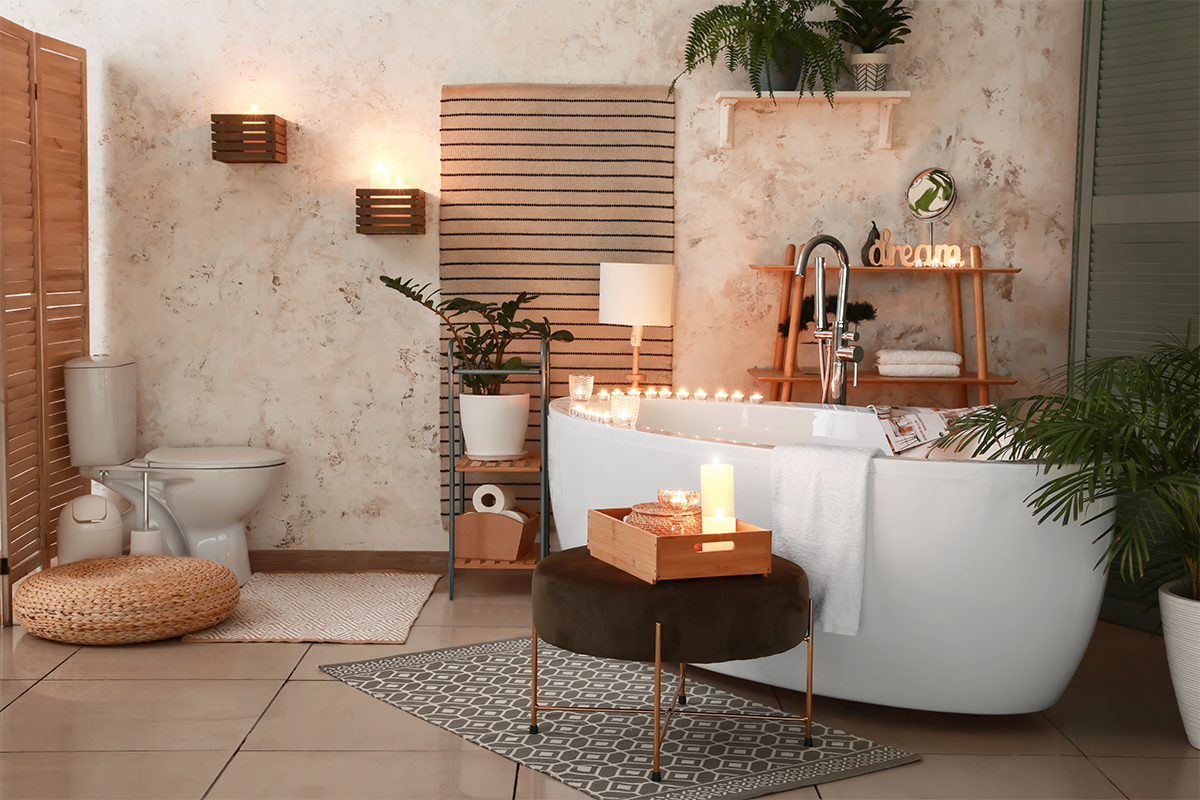You’ve always heard that seeing is believing, but when it comes to architecture, that’s not always the case. Architects are taught to understand how 2D drawings translate into 3D spaces, but clients are rarely able to comprehend those drawings the way designers do. That lack of context makes it nearly impossible for folks to visualize the final outcome, which can lead to costly fixes if minds change once construction is underway.
Enter virtual reality, an ever-evolving technology that does so much more than entertain your kids with immersive video games or wow you with surreal experiences at galleries and museums. With the right software and a headset that provides your eyes with the exact specifications of your future home, you can virtually walk around and experience exactly what the architect has in mind—literally.

Warren Ralston, managing principal of WC Ralston Architects in Chantilly, says his firm has been using VR for about three years, and he says his firm has been on the cutting edge of implementing this technology.
“I think the most important part is it relieves the unknown and the stress during the client’s journey,” he says, adding that it allows people to make sure there’s enough light in this room or that the view is just right in that room. “It can be a very stressful process, and this takes a lot of that anxiety away. All the unknowns are solved and proven to them early.”
Pre-pandemic, clients would use his firm’s VR equipment in the middle of the office, but they recently renovated the space to include a dedicated VR room, which is all set up for a time when people are ready for in-person meetings. Until then, they’re sending clients cardboard VR boxes made to hold a phone in front of their eyes so they can experience the VR technology using a web link.
“It’s not as ideal, but I think it’s fun because [clients] can show it to all their friends,” Ralston says of the portable VR headsets. “They can send the link to a family member across the country, and we can send them a box so they can see, too.”
Nolan Guagenti, an IT CEO who currently lives in Falls Church with his wife, Nicole, and three kids, has been working with Ralston’s company for a few years to build a contemporary home in McLean overlooking the Potomac River.
“[With VR], you really get this idea of the breadth and scope of what it would be like to walk through your house. I couldn’t see designing a house like this without that capability,” he says.
The technology even prompted Guagenti to choose a different location after seeing that the first property had a height restriction that wouldn’t work for the home. They also leaned on VR to adjust certain rooms and to orient the house for river views.
All of this comes as no surprise to VR expert Tyler Gates, managing partner of Brightline Interactive in Alexandria—a company that designs, builds and installs virtual reality systems. He says a few DC architecture firms also use VR but that as a whole, the technology is still undervalued.
“Virtual reality allows us to deliver people to a contextual awareness in a very short period of time,” says Gates, who also co-hosts the weekly podcast Everything VR & AR. (AR is short for augmented reality.) “Because of that basic principle, we can apply that to lots of different scenarios where immediate awareness would be really helpful.”
Those scenarios might include providing contextual awareness of an area to emergency personnel following a hurricane or wildfire. He also cites education, military and law enforcement training and the medical field as places where VR could be a game-changer. That goes for architecture, too.
“Showing you pictures, even raised renders—you have to look at them and imagine if they weren’t renders and were a real building,” he says. “With virtual reality, you don’t have to imagine because you’re actually there.”
This story originally appeared in the December issue. For more stories like this, subscribe to our monthly print magazine.





